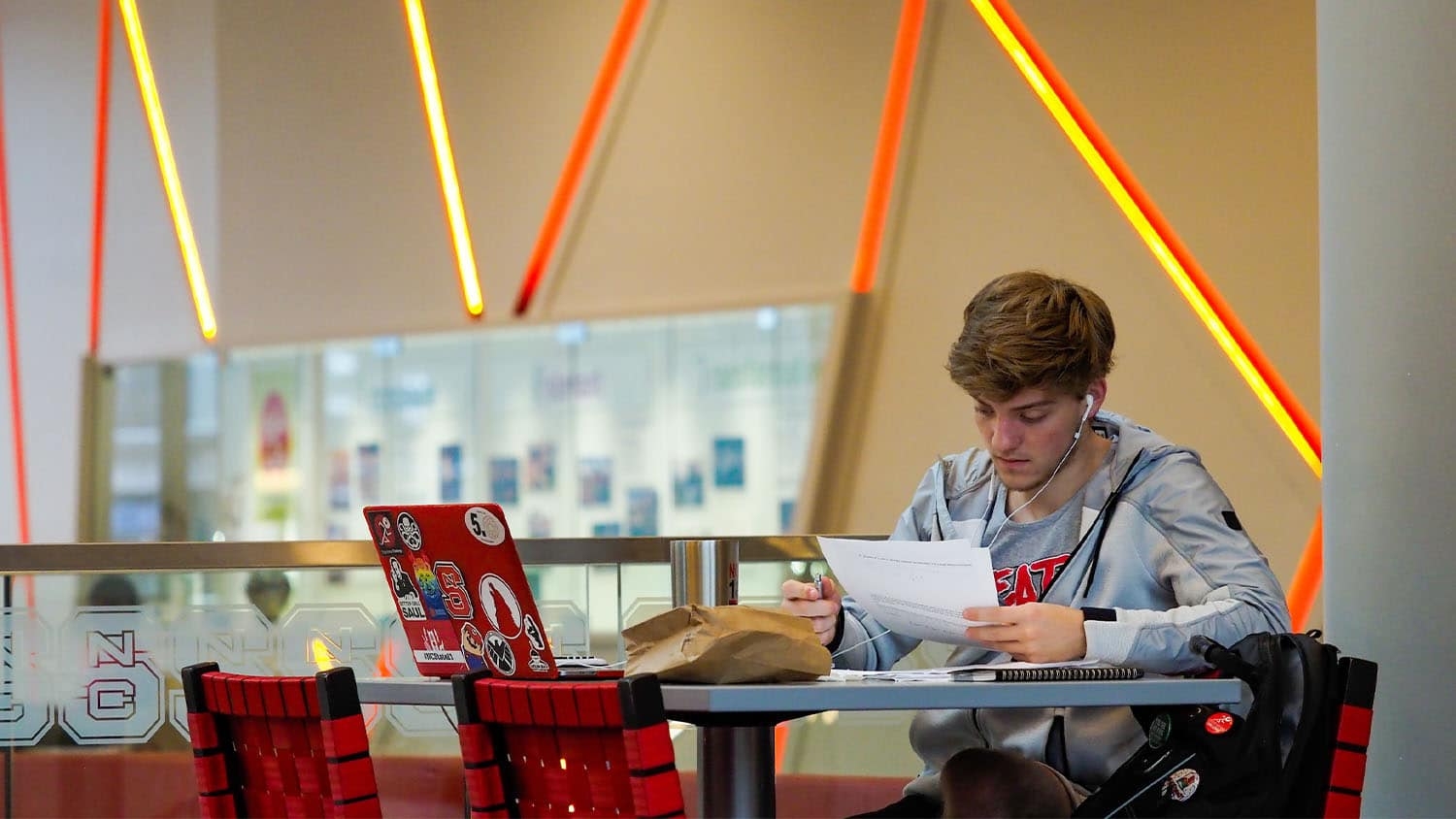Re-creating ‘A Creative Protest’

Fifty-five years ago, the Rev. Dr. Martin Luther King Jr. made a historic appeal.
Two weeks after black college students began conducting nonviolent sit-ins to protest segregation at the Woolworth lunch counter in Greensboro, King stood at the altar of a church in Durham and called for “a creative protest.” For the first time, he urged African-Americans to commit nonviolent civil disobedience, encouraging them to break unjust laws in pursuit of equality.
“Let us not fear going to jail,” he said at White Rock Baptist Church on Feb. 16, 1960. “If the officials threaten to arrest us for standing up for our rights, we must answer by saying that we are willing and prepared to fill up the jails of the South.”
“This speech is the first time King calls for nonviolent direct action,” says Victoria Gallagher, professor of communication in the College of Humanities and Social Sciences.
King’s sermon has been at risk of being lost to history. No recording of it exists, and the church itself was bulldozed in the late 1960s to make way for the Durham Freeway. Gallagher and a group of colleagues in the digital humanities launched the Virtual MLK project to resurrect the speech, giving modern listeners a chance to hear King’s words as 1,200 people heard the original address in 1960.
The project has three phases, Gallagher said at an exhibition Feb. 23 at the Hunt Library. The first was a recreation of the sermon last summer, with voice actor Marvin Blanks delivering King’s words at the rebuilt White Rock Baptist Church. Nearly 250 people attended the June 2014 event, including some who had heard the original sermon in 1960.
Gallagher and her team captured Blanks’ reading to feed the second phase of the project: a multimedia website combining archival photos with pictures, audio and video from the June 2014 recreation. The team placed microphones throughout the church to gather sound from several perspectives: just in front of the altar, deep in the church balcony and in the middle of the congregation.
In phase three, the sermon will come to life in a digital recreation incorporating the June 2014 sound and video, as well as three-dimensional renderings of the interior of the original White Rock Baptist Church sanctuary. The model for Gallagher’s vision is colleague John Wall’s reconstruction of a 17th-century John Donne sermon, which has been nominated for a Digital Humanities Award.
Once the Virtual MLK Project is finished, listeners will be able to stand in an architecturally accurate digital recreation of the old White Rock Baptist Church. They’ll be immersed in King’s speech, hearing it just as a child in the church balcony or an elderly woman in the front row did.
Interdisciplinary research projects such as Gallagher’s, Wall’s and a new effort to recreate Queen Victoria’s Buckingham Palace garden put NC State at the forefront of the digital humanities. They bring together faculty and students from English, architecture and computer science to recreate lost times and places, using cutting-edge technology and experiential education to enhance our understanding of history.
by Jimmy Ryals. This article first appeared at ncsu.edu.
- Categories:


